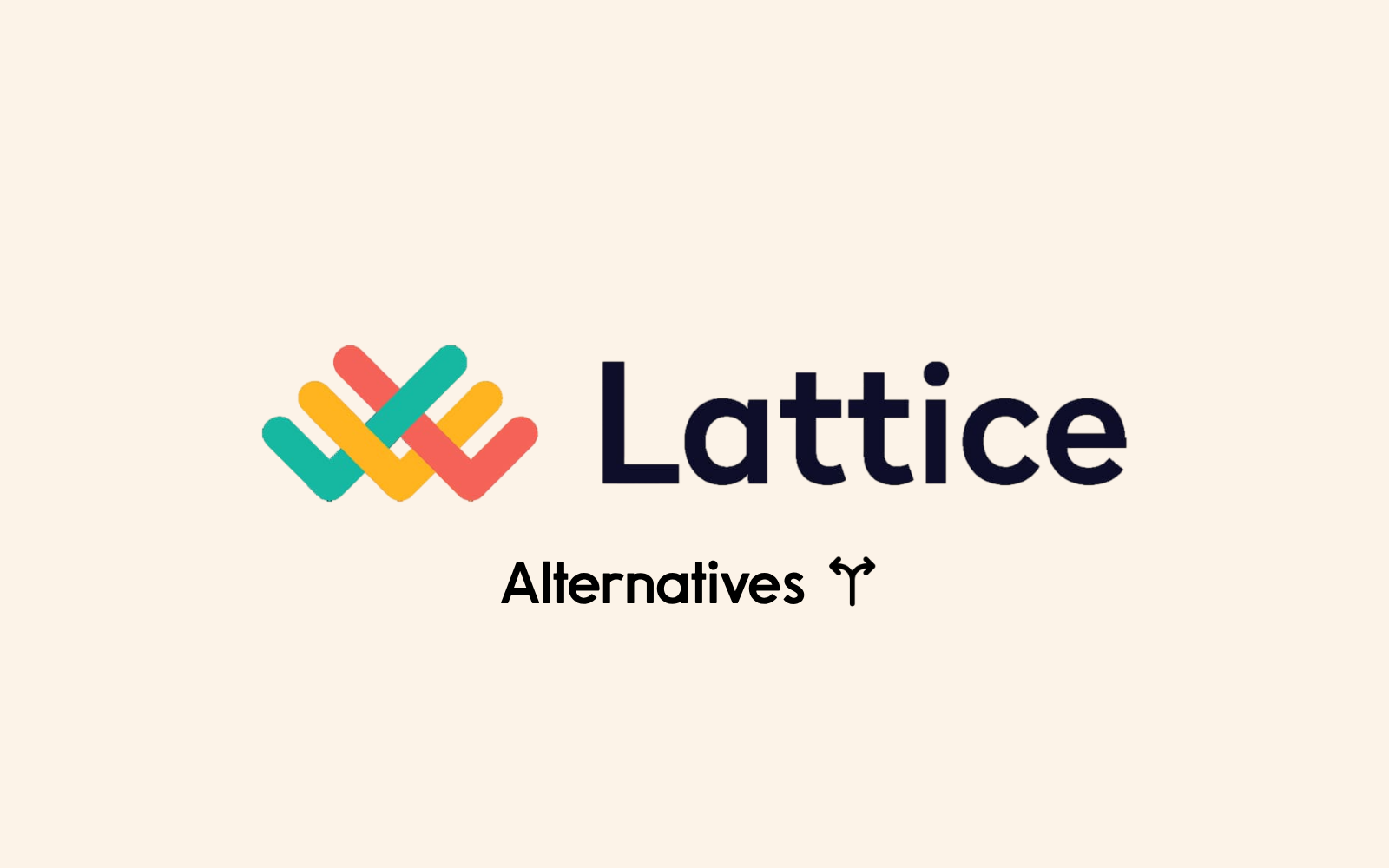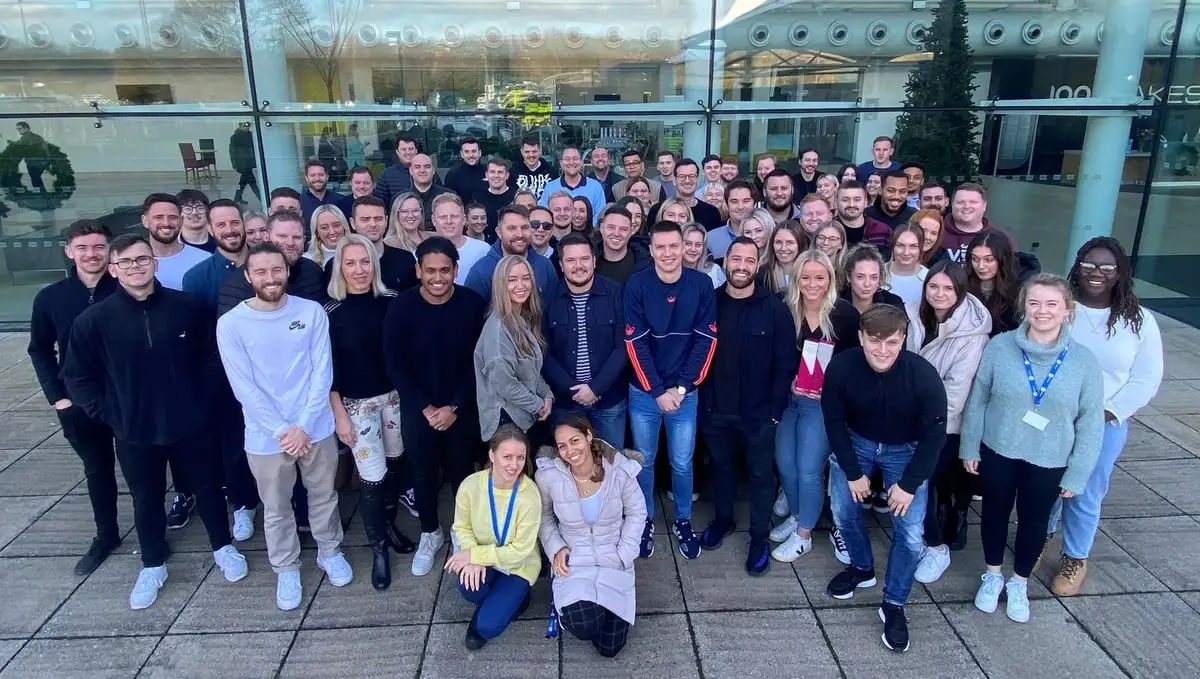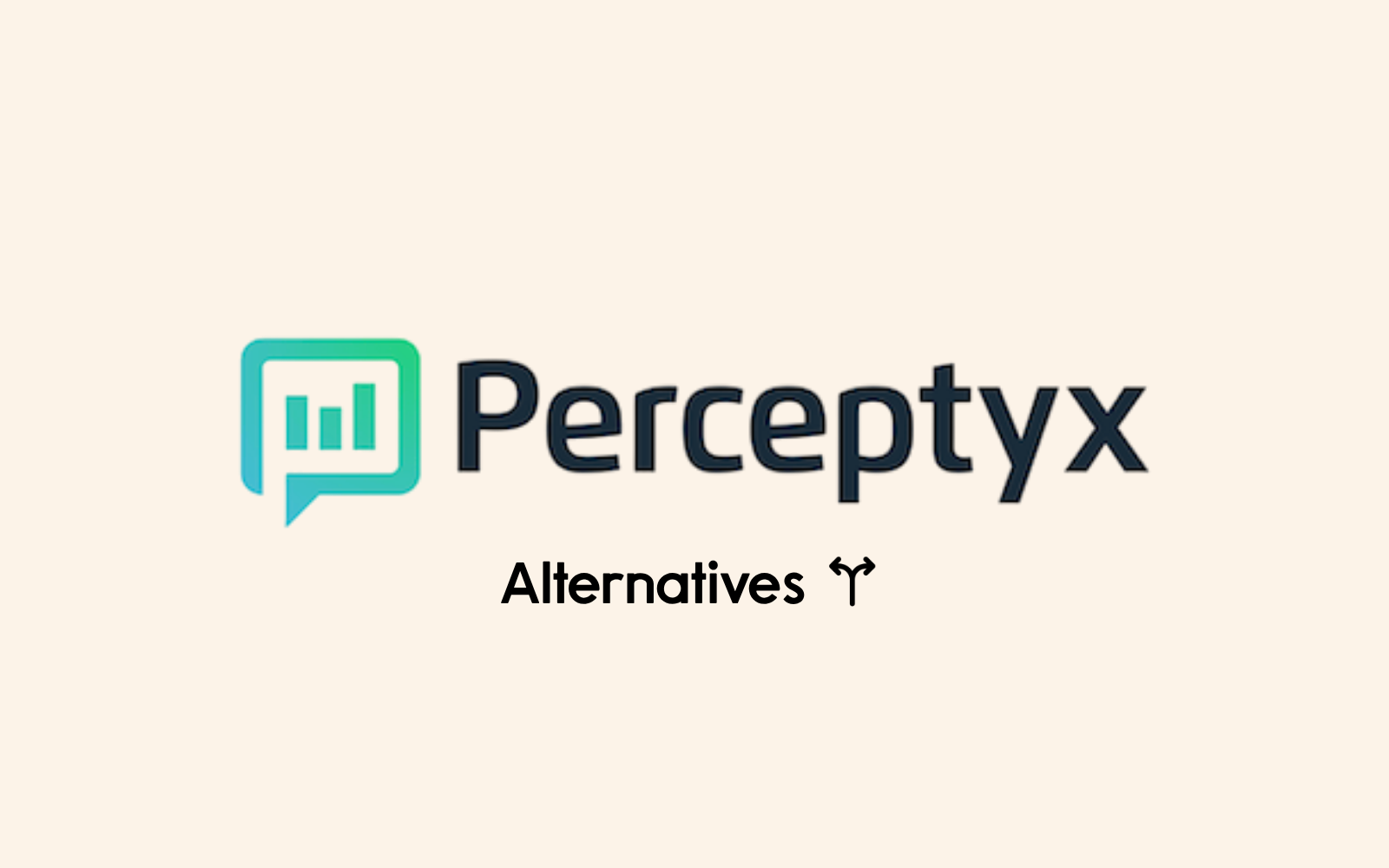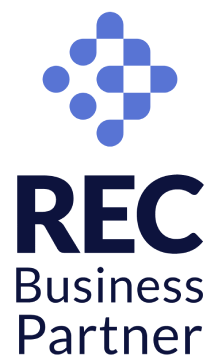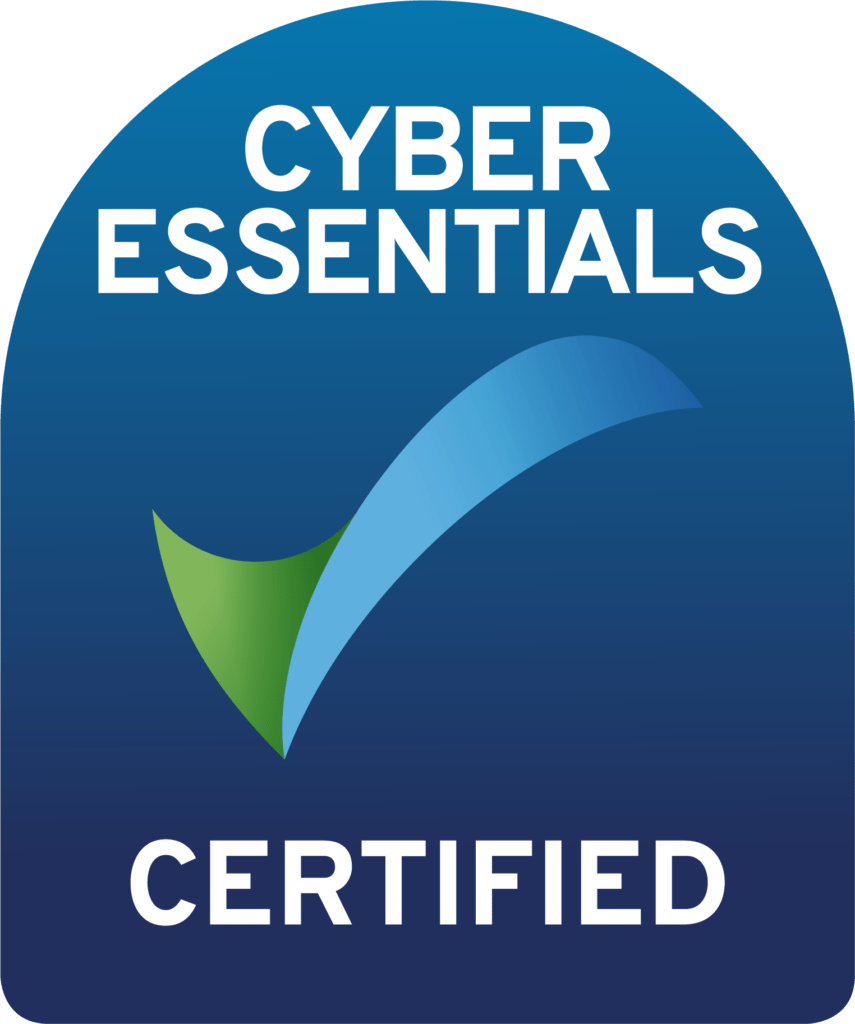Employee engagement is a critical aspect of any organisation that aims to improve productivity, retention, and overall job satisfaction. But what does that look like in practice? Well, companies with high levels of engagement are shown to have:
- 41% lower absenteeism
- Up to 59% lower employee turnover (Calculate the hidden costs of your company’s turnover here)
- 18% higher productivity
It’s all simple in theory – when people feel good, it’s easier for them to show up and do their best work – but in practice, it can be hard to tackle something as slippery as morale.
Fear not – in this blog post, we’ll go over 10 practical employee engagement strategies proven to boost morale in your teams!
Employee Engagement Strategy #1:
Effective Communication
Communication is crucial to building engagement and morale in your teams – but it’s not just about ticking the necessary boxes to get the right people on the right projects at the right time, it’s about constantly projecting the company’s vision.
People are motivated when they feel they’re contributing to something larger than themselves, so communicating the importance of a task in the grand scheme of things helps to give your employees a greater sense of purpose.
Did you know…employees who receive daily feedback from their manager are 3x more likely to be engaged than those who receive feedback once a year or less?
Employee Engagement Strategy #2:
Employee Recognition
Everybody likes recognition. Seeing that your hard work is being appreciated by the people around you helps you to feel like part of a community and an ecosystem, whereas sending your work into the void tends to leave you feeling very isolated.
Want options for employee recognition programs? You can create employee of the month awards, bonuses or even stock options. These things can all help to create a more positive work environment where individuals strive to stand out.
Note: Whilst these programs are a great feature, don’t forget the value of creating a culture of natural recognition. Encouraging managers to give positive daily feedback (through leading by example) will help this culture to flourish.
Employee Engagement Strategy #3:
Professional Development Opportunities
Career development opportunities are a crucial ingredient to driving engagement & boosting morale – in fact, a whole third of employees leave their current jobs for new challenges.
Development opportunities can come in all shapes and sizes – from different types of promotion to various up-skilling & learning options – and each of them is incredibly valuable in the right context. Some business leaders offer in-house training sessions, mentorship programs, or even tuition reimbursement for employees looking to further their education. This strategy shows employees the company’s true values and its commitment to their success. (We wrote a whole blog post about this topic if you want to learn more.)
Employee Engagement Strategy #4:
Workplace Flexibility
Flexibility is a hot topic right now – hybrid work, remote work, the 4-day work week – and many employees are willing to switch jobs for it. And for good reason: flexibility promotes a better work-life balance which in turn reduces stress and allows people to function more easily and to the best of their abilities.
Now, flexibility isn’t something that’s easy for all companies to implement, and no two businesses are able to be flexible in the same way. Here’s how you can offer some flexibility to your teams:
- Find out what matters most to your employees – Is it the option to work from home? Or to rack up hours, work ahead & take days off? Or to switch shifts with other members of their team?
- Pick your top priority & roll with it – Choose a flexibility option that best suits your team & your business model and try it out.
- Communicate your intentions – Let your team know what you’re doing and why! People respond really well to seeing you take action based on their feedback.
- Support your team – Learning to support your team with their new style of working might take a bit of time & practice. Here’s a shortcut: 4 top tips from an employee engagement pro.
Employee Engagement Strategy #5:
Socialisation Opportunities
The better your employees’ relationships are with each other, the more positive the whole workplace will feel. It’s always hard to ‘find the time’ for team-building activities, but you know that old saying “The person who doesn’t have time for 10 minutes of yoga a day is the person who needs it the most”? No? Well, it applies to this, too.
Giving your teams a nice day/night out will give everybody a chance to cut loose and bond in a non-stressful environment. Strengthening these relationships will massively improve collaboration and general morale, making it a very worthy investment.
Employee Engagement Strategy #6:
Health & Wellness Programs
Employees who are able to prioritise their health & wellness are shown to feel more engaged and productive. You’ve got plenty of program options – you can offer gym memberships, healthy snacks, or even on-site yoga classes.
But the real key to creating a bespoke wellness program is asking your team what helps them the most; because, when you get given a gift you don’t like, you smile and say thank you, but there’s always a part of you that wonders Do you even know me? People get this with company initiatives, too, which is why asking for someone’s wish list always pays off.
Employee Engagement Strategy #7:
Transparency
You can’t have morale without trust, and the best way to build trust is with transparency.
Giving your team regular updates on company performance, goals and upcoming projects will help to foster a sense of inclusion. Together with communicating an action plan of initiatives responding to employee feedback, this will show your team that their voices matter and work towards a larger business strategy.
Did you know: 80% of workers want to know more about how decisions are made in their organisation?
Employee Engagement Strategy #8:
Empowerment
Empowering employees to have ownership of their work has a great impact.
How to do this in practice:
- Give employees the autonomy to design their own schedule
- Encourage people to take risks (with agreed boundaries!)
- Reward independent thinking
Allowing employees to take more charge of their work helps them to take pride in what they do – after all, it’s all their doing. Plus, people tend to know how they work best.
For example, studies show that people’s circadian rhythms are decided by which of the 4 chronotypes they fit into; and your chronotype dictates not only the time you naturally wake and sleep, but also how your energy is distributed throughout the day. So for some, deep focus in the morning works a treat, and for others, being able to reshuffle their big project development to the afternoon makes all the difference!
Employee Engagement Strategy #9:
Open Door Policies
“Open Door Policy” has become a somewhat cursed term here at Wotter – you can see our CEO’s strong feelings about it here, here, and here…But seriously, there’s a lot of value to open door policies, as long as they’re part of a larger culture of open communication.
If you want your team to feel welcome coming into your office any time, it’s important to invite them in regularly – for one-to-ones, for group meetings and to ask for regular feedback. Which leads us onto…
Employee Engagement Strategy #10:
Getting Employee Feedback
Boosting morale ultimately comes down to this: give the people what they want (and need)!
Your team are ready to give you all the insight in the world as to what’ll engage them better – all you need to do is ask. We’d recommend using our automated pulse survey system with AI-powered initiative suggestions (*deep breath in*), but if you don’t fancy that, start by just asking people a lot of questions on a consistent basis.
That’s all from us today, best of luck!
Fancy a bit more light reading? Check out our blog post on growth mindset.


